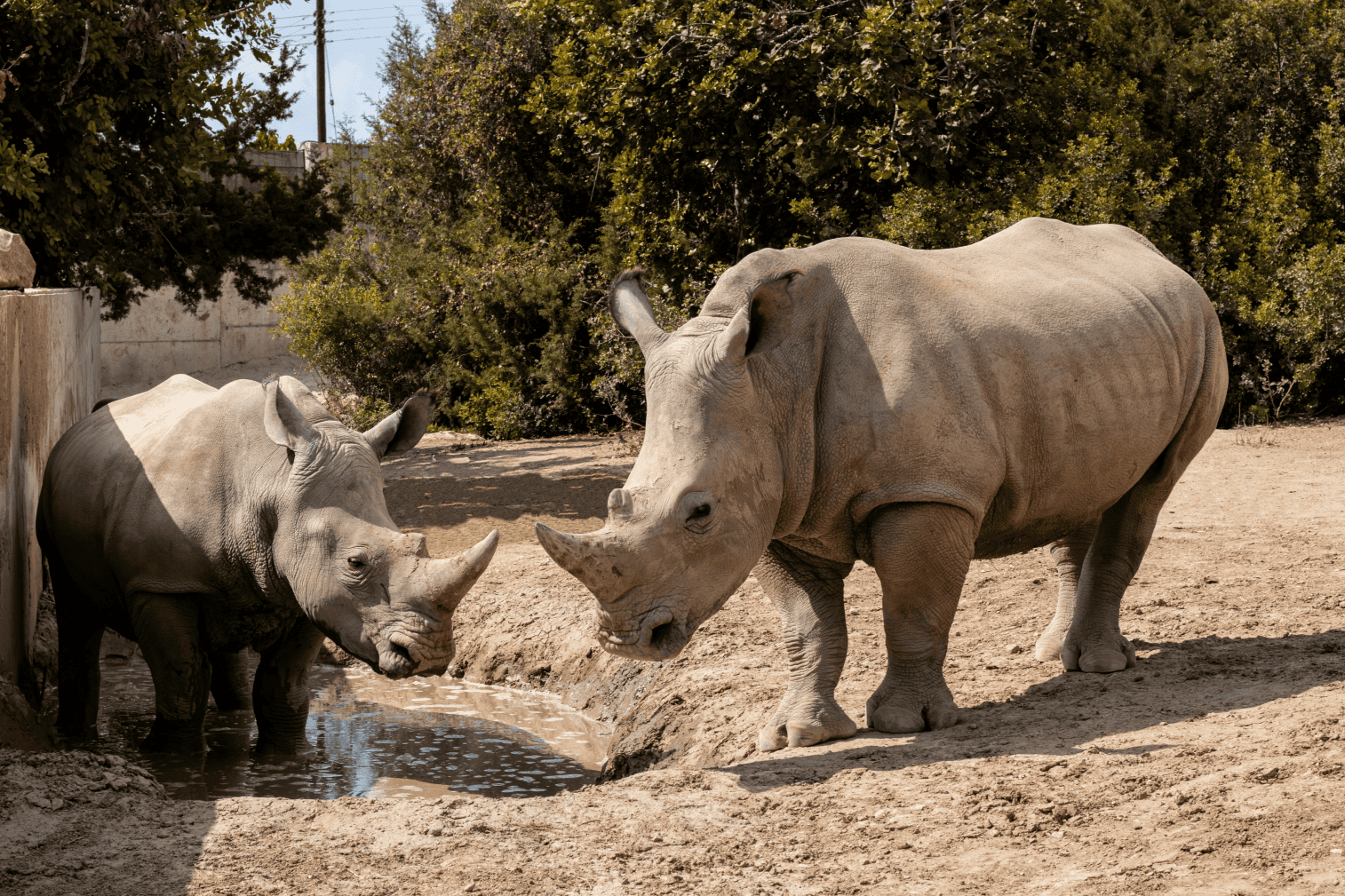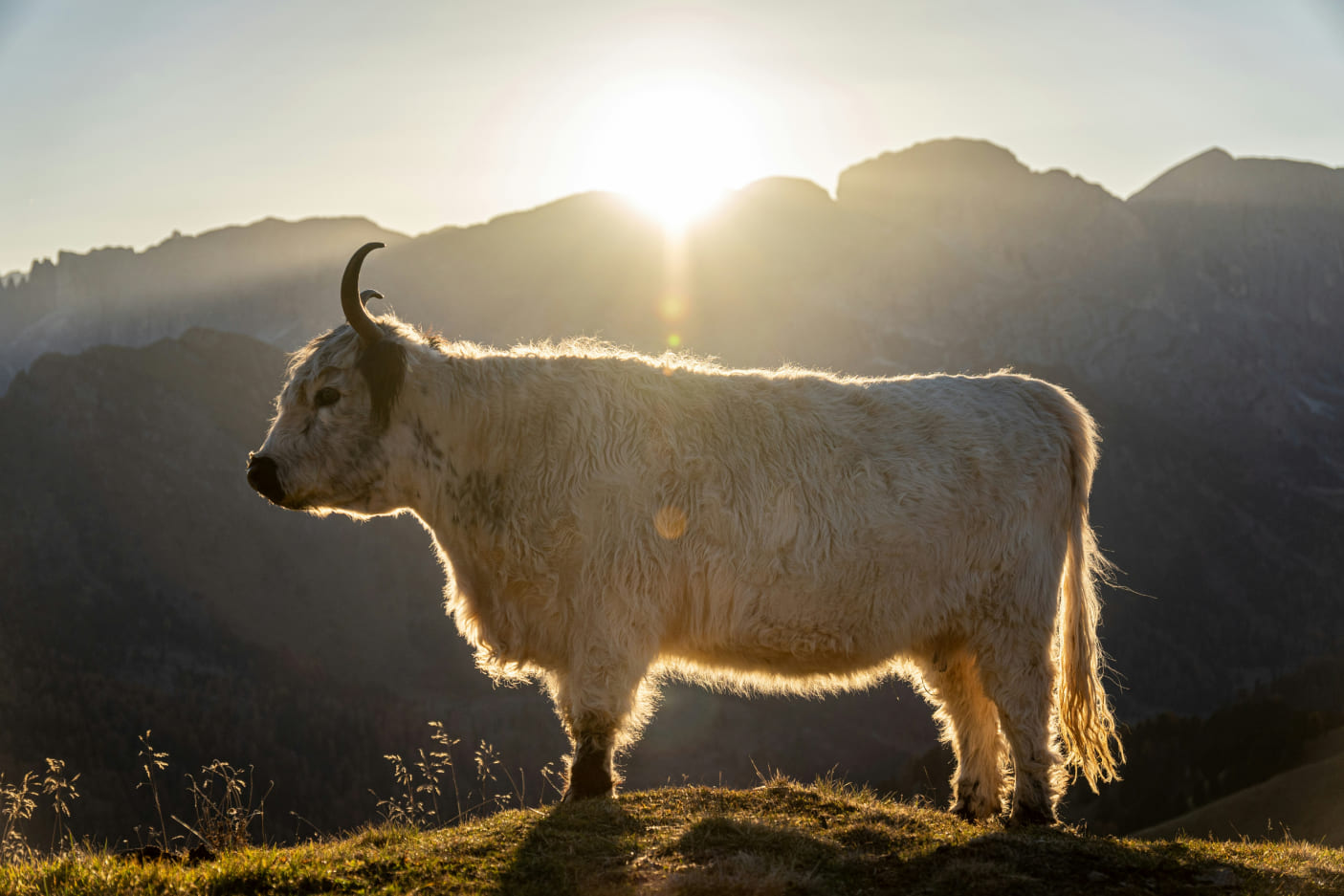9Q84+X29, Chimna, Takhla Khurd, Madhya Pradesh 480492, India [email protected]
9Q84+X29, Chimna, Takhla Khurd, Madhya Pradesh 480492, India [email protected]

The southern white rhinoceros is a symbol of strength and resilience in the savannas of Africa. With their broad mouths and massive size, these rhinos are built for grazing, consuming vast amounts of grass each day to sustain their energy needs. Despite their imposing appearance, white rhinos are calm and non-aggressive, preferring to spend their time in peaceful grazing herds.
A striking feature of the southern white rhino is its double horn, which is made of keratin and can grow impressively long. This, however, has made them a target for poaching, as the horns are highly valued in illegal markets. Once thought to be extinct in the late 19th century, intensive conservation efforts have brought their population back from the brink. Today, they serve as a beacon of hope for wildlife preservation.

Animals in deserts face extreme temperatures, water scarcity, and limited vegetation. They adapt by being nocturnal, storing water, or having specialized body features like large ears to dissipate heat.
Forest animals play vital roles in pollination, seed dispersal, and maintaining the food chain. For example, birds spread seeds, and predators keep herbivore populations balanced.
Yes, many species are endangered due to habitat loss and climate change. Examples include the Saharan cheetah in deserts and the orangutan in rainforests.
You can support conservation efforts by donating to wildlife organizations, reducing your ecological footprint, and spreading awareness about the importance of protecting these habitats.